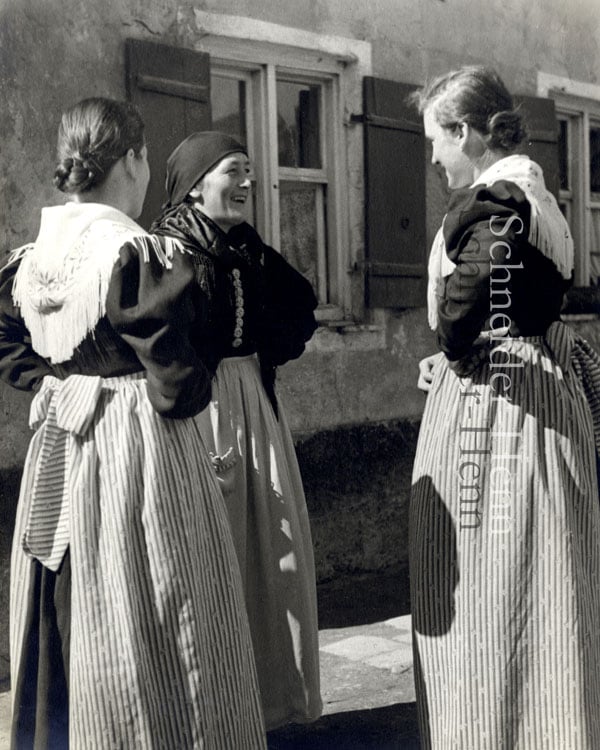© The artist's estate
© The artist's estate
A collection of 30 vintage prints
Erich Retzlaff
- Art Funded
- 2012
- Dimensions
- Various dimensions
- Vendor
- Antiquariat Schneider-Henn
Following the First World War, during which he was wounded on the western front, Retzlaff rose to prominence as an art photographer in Düsseldorf. For the most part his early work comprised portraits of Germans at work, both on the land and in industry – images which were well received by the then-rising National Socialist elite. Impressed by his photographic studies of German ‘VolkdomÂ’, and to coincide with the year of their coming to power, the Nazis employed Retzlaff to produce portraits of party notables to be published in a 1933 special edition, Wegbereiter und Vorkämpfer für das neue Deutschland. It is impossible to divorce RetzlaffÂ’s photography from its political content, and as such the breadth and quality of his work, as well as its relationship to the practice of other contemporary photographers, have often been eclipsed by his guilt by association. Nevertheless, taken in its entirety, RetzlaffÂ’s portfolio can be read as a masterfully crafted narrative of an artist attempting to reject uncertainty and posit the German as an ideological being. By focussing on portraits of notable Germans, workers and a peasant culture, RetzlaffÂ’s work emerged from a reawakening sense of place and identity in the often dismal and melancholic years of post-First World War hubris.
Provenance
The artist; Antiquariat Schneider Henn 1993.

